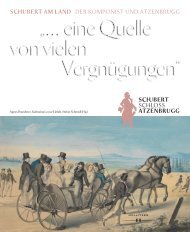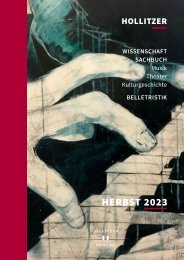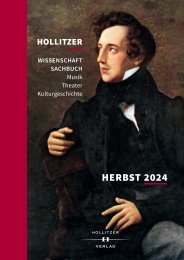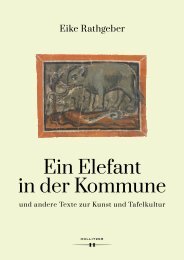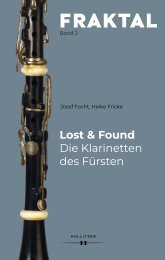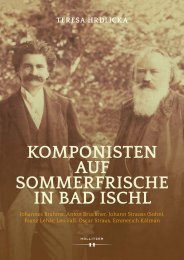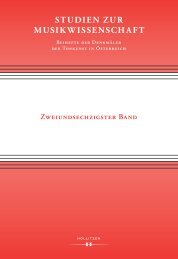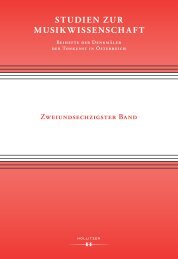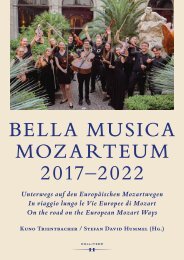Create successful ePaper yourself
Turn your PDF publications into a flip-book with our unique Google optimized e-Paper software.
about what the criteria for inclusion as a representative of this genre were. Thus,<br />
when comparing Nazife Aral-Güran’s exclusion from the music dictionaries or<br />
encyclopaediae within Turkey, one is led to wonder whether Koptagel’s inclusion<br />
was a coincidence, luck, or that she captured the interest of the music circles.<br />
Could there be a conscious choice to include or exclude a composer in the music<br />
historiography? What were the values that brought a person or their works to the<br />
fore? Could the artists’ environment, the circles to which s/he belonged influence<br />
their situation? Would I be able to find answers to these questions through investigating<br />
the Koptagel case?<br />
All these questions led to one of the hypotheses of this research: the visibility<br />
of the names and the works of women who compose in the genre of polyphonic<br />
music in Turkey, within music historiography have both a correlation to their<br />
function and/or happen in an arbitrary manner.<br />
On Methodology and Foundational Factors<br />
Having established the criteria behind the selection of the example composers,<br />
and how they shaped the questions of this research, the next step was to devise<br />
the methodology for seeking answers for the entire range of those questions. The<br />
diversity of the contexts, issues, and questions ensured compartmentalisation of<br />
the subject, wherein each factor could be discussed within each compartment, allowing<br />
different methodologies to be pursued.<br />
The power and weight of the materials obtained throughout the research in<br />
shaping the roadmap is undeniable. Questioning how and with which parameters<br />
each source was compiled, as well inquiring as to why and how each author transmits<br />
certain information determined the fundamental stance of the research presented<br />
here. These lines of questioning influenced the style of approach, tone, language,<br />
and writing. In establishing this stance, two of Foucault’s works, The Archaeology of<br />
Knowledge and The Order of Things, were useful; I was inspired by what Foucault had<br />
explored in his works – archaeology, knowledge, episteme, power, discourse, and<br />
author. For example, his approach to re-evaluating the document within the discipline<br />
of history – as a perspective on socio-political environment as a factor which<br />
determines the production/ creative conditions – was applied in constructing the<br />
narrative in Chapter IV, with regard to using other archival documents (personal<br />
experiences, memoirs, poems etc.) that had not previously found their place in the<br />
official historiography as alternative sources, hence, bringing new and different<br />
perspectives to historiography, separate from the collective consciousness. His ap-<br />
Rhian Samuel (New York: W.W. Norton & Company, 1995), 253. Antje Olivier and Sevgi Braun,<br />
“Yüksel Koptagel”, Komponistinnen aus 800 Jahren (Essen: Sequentia-Verlag, 1996), 214–215. Evin<br />
İlyasoğlu, 71 Turkish <strong>Composers</strong> (İstanbul: Pan, 2007), 126–129.<br />
26





